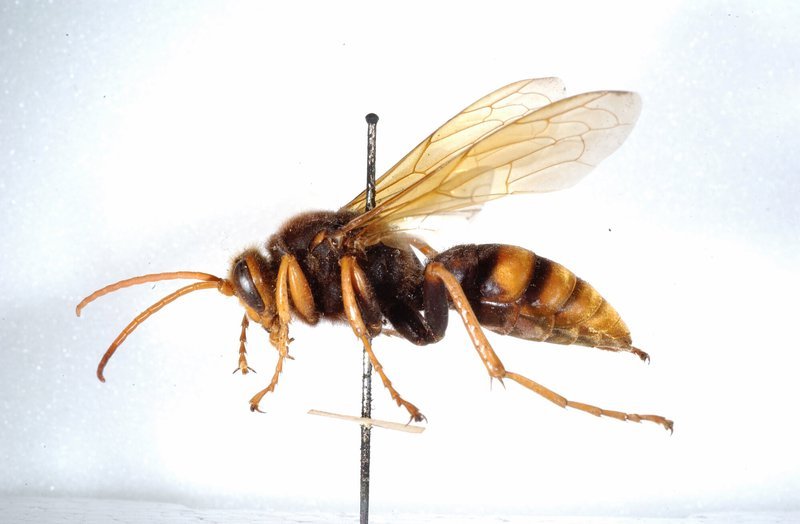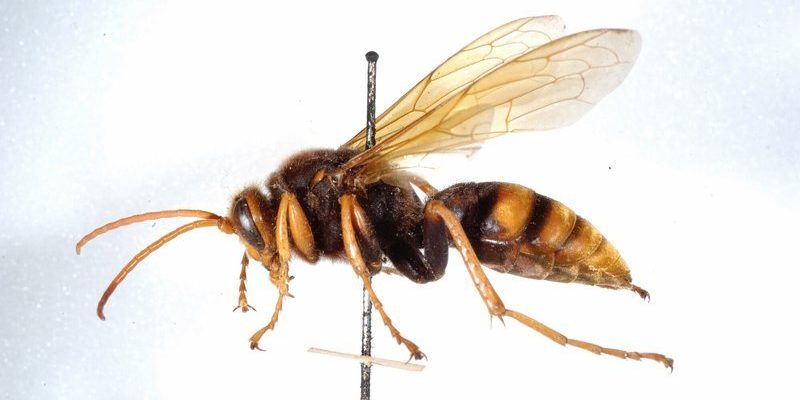
Picture a wasp as nature’s little soldier. They’re not just flying around for fun; they have a job to do. They help with pest control and pollination, but they can also become quite aggressive if they feel threatened. Understanding their behavior can give us a clearer picture of how to interact with them safely.
In this blog, we’ll explore the dangers wasps pose to humans, the type of species to watch out for, and what you can do to minimize your risk of getting stung.
What Makes Wasps Dangerous?
Honestly, the primary danger from wasps comes from their stings. Unlike bees, which can only sting once before dying, wasps can sting multiple times. This means that if they feel threatened—say, if you accidentally swat one away—they can retaliate multiple times, injecting venom with each sting.
Wasp venom contains a mix of toxins that can cause pain, swelling, and, in some cases, severe allergic reactions or anaphylaxis. For most people, a wasp sting will hurt like a bruise and may lead to some swelling. However, if you’re allergic, even a single sting can be life-threatening. Those folks often carry an epinephrine auto-injector (EpiPen) just in case.
So, while not every wasp encounter will end in disaster, it’s wise to know what you’re up against and how to respond if things take a turn.
Common Types of Wasps
You might be surprised to learn that not all wasps are created equal! Let’s break down some common types:
- Yellow Jackets: These are the notorious party crashers of the wasp world. Often found buzzing around picnics, yellow jackets are aggressive and known for their painful stings.
- Paper Wasps: They get their name from the paper-like nests they build. While they can sting, they’re generally less aggressive unless their nest is disturbed.
- Hornets: A type of wasp that’s larger and can be more aggressive. Hornet stings can be particularly painful, so it’s best to keep your distance.
Understanding which type of wasp you’re dealing with can help inform your response and whether or not you should be worried.
Signs of a Wasp Nest
If you’re living your life and suddenly find a wasp buzzing around you, it might be a simple encounter. But if you notice several wasps hanging around a certain area, there’s a good chance you’re near a nest.
Here are some signs to look out for:
- Frequenting Activity: If you see a lot of wasps flying in and out of a specific location, that’s a sign they might have a nest nearby.
- Paper-like Structures: Many wasps build nests from wood fibers mixed with their saliva, creating a papery substance. Look for these nest structures in eaves or trees.
- Swarming Behavior: If wasps seem agitated and start flying erratically, they might feel threatened, especially if you’re close to their nest.
If you suspect a nest, it’s best to avoid the area until you can figure out how to deal with it safely.
What to Do If You Get Stung
Getting stung can be a shock, but knowing how to handle it can make a big difference. Here’s a step-by-step approach:
1. Stay Calm: Panic can make things worse. Try to remain as still as possible to avoid agitating nearby wasps.
2. Remove the Stinger: If the sting is from a bee, gently scrape it out with a flat object. Wasps typically don’t leave their stinger behind.
3. Wash the Area: Clean the sting site with soap and water to prevent infection.
4. Ice Treatment: Apply a cold pack to reduce swelling and relieve pain.
Most stings will heal on their own, but keep an eye out for any severe reactions. If you notice difficulty breathing or swelling beyond the sting site, seek medical attention immediately.
How to Avoid Wasp Stings
Prevention is key when it comes to dealing with wasps. Here are some tips to help you avoid unwelcome encounters:
- Avoid Scented Products: Sweet scents can attract wasps. If you’re outdoors, skip the fruity perfumes and scented lotions.
- Cover Food and Drinks: Wasps love sugary foods. When having a picnic, keep food covered when not in use and use lids on drinks to prevent unwanted visitors.
- Wear Protective Clothing: Light-colored clothing can help you blend in, while dark colors may attract wasps. Avoid floral patterns, as these can be enticing.
Taking these precautions can make your time outdoors more enjoyable and less stressful.
Are Wasps Beneficial?
You might be wondering, “Why do we even need wasps?” Surprisingly, they do play an important role in our ecosystem. Here’s the thing: wasps are natural pest controllers. They help keep the population of other insects in check, including the ones that can damage crops.
In addition, some wasps are pollinators, just like bees. They visit flowers for nectar, helping plants reproduce. So, while they can be a nuisance and pose dangers to humans, they contribute to the balance of nature in significant ways.
So, is the wasp dangerous to humans? Yes, they can be, especially if you’re allergic or if they feel threatened. However, with some knowledge and precautions, you can minimize your chances of being stung and keep your outdoor experiences enjoyable.
Recognizing the wasps around you, knowing how to react if stung, and taking preventive measures can make a world of difference. While wasps may be intimidating, they’re also fascinating little creatures that play vital roles in our ecosystem. Embrace the outdoors with a bit of caution and respect for these buzzing insects!

